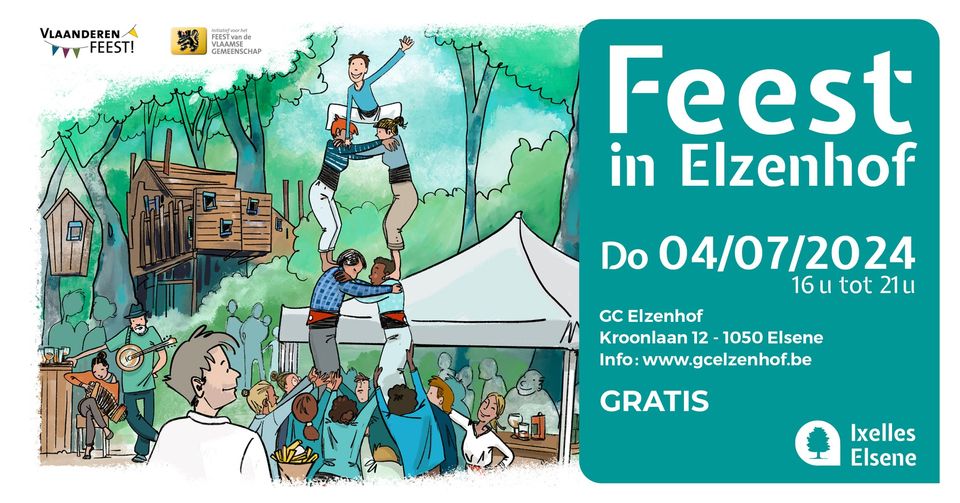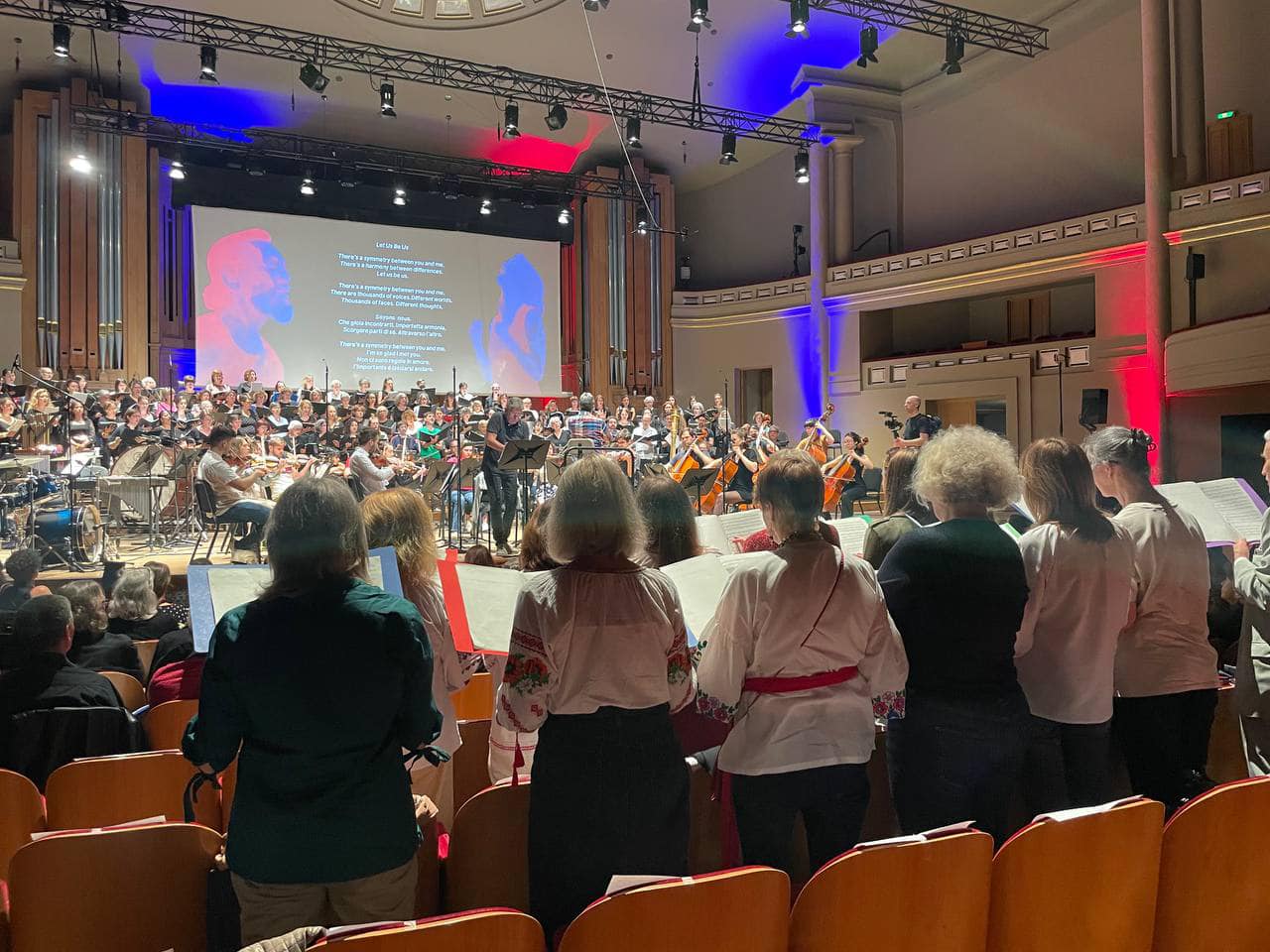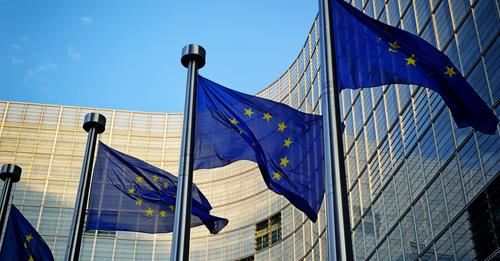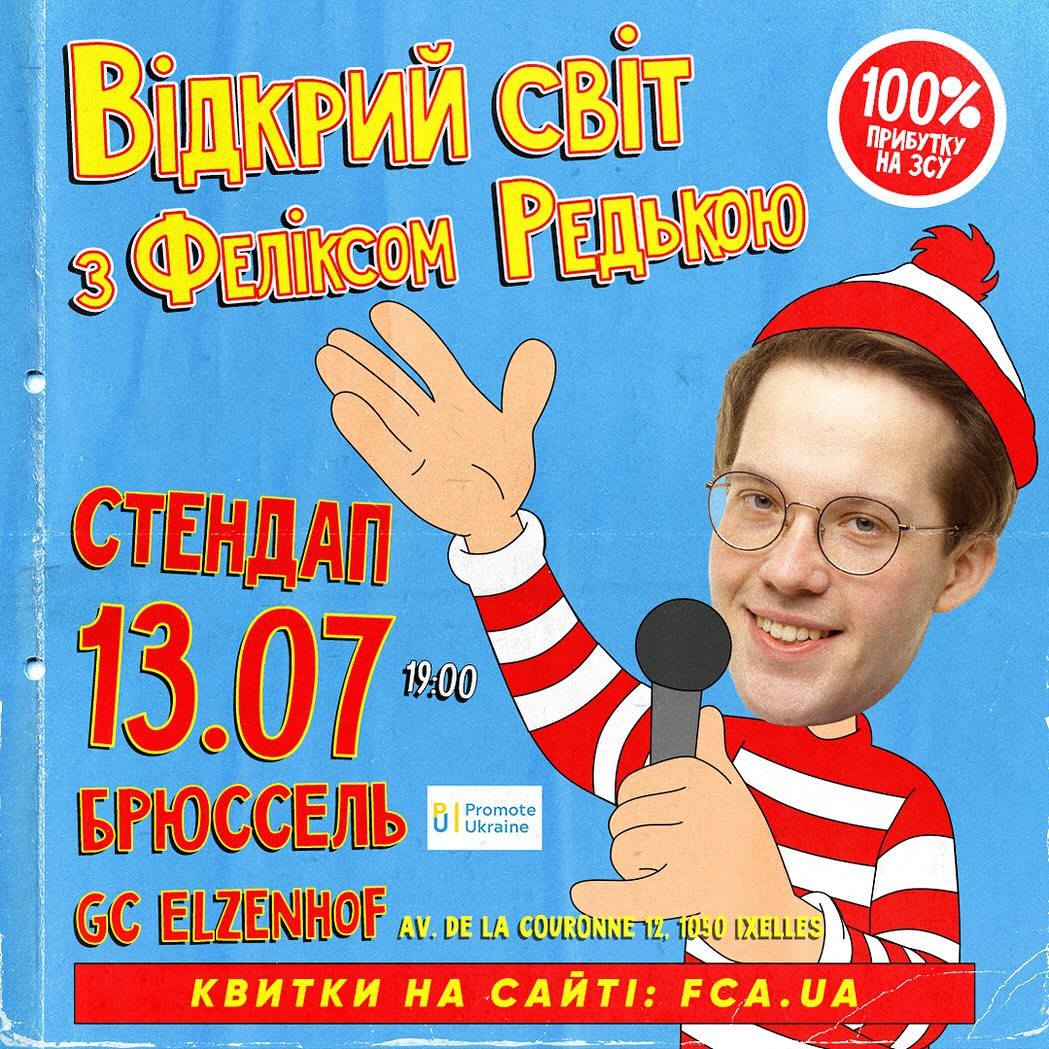 In May, Ukraine celebrated World Vyshyvanka (Embroidery) Day, a celebration of Ukrainian identity and a return to folk traditions, for the fifteenth time.
In May, Ukraine celebrated World Vyshyvanka (Embroidery) Day, a celebration of Ukrainian identity and a return to folk traditions, for the fifteenth time.
During the Soviet era, a period of stagnation, when overt expressions of Ukrainian identity were suspect, Ukrainians who dared to wear embroidered shirts were considered dissidents or nationalists, and were exposed to all the possible consequences.
However, Ukrainian diaspora in the West faced no such problem: they could wear their national clothes on any day, without any trouble.
Diaspora Ukrainians, therefore, had the opportunity to preserve and pass on the wonderful tradition of creating and wearing embroidered Ukrainian shirts. We see a striking example of such creativity in the Halaburda diaspora family. All four Halaburda sisters make vyshyvankas, using – and preserving – the skills they once learned from their mother. Currently, their collection includes about 15 full suits and 60 hand-embroidered shirts.
Marichka lives in Australia, Nadia and Olga live in Germany, and Odarka lives in Belgium. The parents of these women – Ivan Halaburda and Paraskevia Hrytsiv from Western Ukraine – were forced to work in Germany as teenagers during the Second World War. After the war, they moved to the Belgian town of Genk, where their four daughters were born. Ivan worked all his life in a mine while Paraskevia took care of the children.
At home, they spoke only Ukrainian and preserved the traditions of their people. “Our mother loved to embroider. She met with her friends, and they taught each other,” says Nadia Halaburda, an employee of the clergy department of the Archdiocese of Munich and Freising. “And we looked closely, and also began to embroider small napkins. I was then 9 years old, Mariyka was a little older. And somewhere, in 13-15 years, we all embroidered our first shirt or blouse.”
From where did the Halaburda sisters learn vyshyvanka patterns?
A chance subscription to a diaspora magazine published in America inspired the designs. “Our mother subscribed to the magazine Our Life from America, which was founded more than 70 years ago and which, incidentally, is still published,” Nadia explains. “There was always a pattern on the back cover of this magazine. And we took ornaments for our works from there. My mother embroidered blouses, pillows, and towels. And we followed in her footsteps. Our father was a member of the Society of Ukrainians of Belgium, our mother was a member of the Association of Ukrainian Women of Belgium, and they were both members of the Union of Ukrainian Youth. I remember our mother sitting in the kitchen embroidering an emblem on a blue and yellow flag.”
Each embroidery is a work of art, which, without doubt, takes time. Nadia says that sometimes one vyshyvanka requires 10 years of work – though, of course, with long breaks between work sometimes. Therefore, Nadia, a master of her craft, considers six months spent embroidering a single Poltava shirt to be record timing, because she only embroiders in her free time, after work or whenever she finds time. Her favourite embroidery technique is the kachalochka style, from Podolsk, and, in general, Nadia knows 20-30 stitches. She also conducts master classes.
 In preparation for the celebration of the 70th anniversary of the Union of Ukrainian Women in Germany, Nadia launched an embroidery project based on models collected by Olena Pchilka (Olga Kosach), a Ukrainian writer and the mother of renowned poet Lesya Ukrainka. Olena Pchilka once traveled around Ukraine and released a collection of patterns of Ukrainian embroideries. This volume was presented to a Frenchwoman by a relative of the writer with a gift inscription, and, many decades later, Nadia Halaburda bought it in France. The master class of embroideries in Munich was dedicated to the patterns from this historical book.
In preparation for the celebration of the 70th anniversary of the Union of Ukrainian Women in Germany, Nadia launched an embroidery project based on models collected by Olena Pchilka (Olga Kosach), a Ukrainian writer and the mother of renowned poet Lesya Ukrainka. Olena Pchilka once traveled around Ukraine and released a collection of patterns of Ukrainian embroideries. This volume was presented to a Frenchwoman by a relative of the writer with a gift inscription, and, many decades later, Nadia Halaburda bought it in France. The master class of embroideries in Munich was dedicated to the patterns from this historical book.
The Halaburda sisters started creating a collection of embroideries in 1983, when those in Ukraine likely never dreamed of such an overt celebration of their identity was possible. One of the Halaburdas’ friends – a staunchly pro-Ukrainian man who played the pandura, a Ukrainian string instrument – got married. The man invited people to come to the wedding in embroidered shirts. Nadia asked her parents, who were visiting Ukraine at the time, to buy an ancient shirt. After that, the sisters began to collect vyshyvankas and create costumes. They now have embroidered shirts, both everyday and festive, for every occasion: concerts in the church choir, Christmas, Easter, and other holidays. The Australian opera singer Marichka Halaburda also wears vyshyvankas for her concerts and different festive events.
Embroidered shirts are considered a genetic code, a historical memory of Ukraine. The documentary Heritage of the Nation expresses the opinion that people subconsciously like vyshyvankas from the region of their historical origin. Unfortunately, not everyone in the West knows about such a marker of Ukrainian identity. Nadia and Olga Halaburda, residents of Germany, wear embroidered shirts, but other people always ask them if these clothes are Romanian. Nadia, therefore, says that Ukrainian embroidered shirts should be promoted. But with all her love for both vyshyvankas and Easter eggs (that sisters also paint), Nadia considers language and nationhood to be the main symbols of Ukraine.
Natalia Richardson is a Ukrainian journalist specializing in European affairs. Since 2001, she has been working in Brussels. She has been a staff correspondent for Ukrainian newspapers Evening Kyiv and Day, Deutsche Welle Radio, and Radio Free Europe/Radio Liberty. She has been a European affairs correspondent at the Brussels office of Euronews from the beginning of the Ukrainian service to its closure from 2011 to 2017. Natalia worked on TV 1 + 1, the First National Channel of Ukraine and other mass media. She holds a Masters Degree of European Integration from Vrije Universiteit Brussel.






 UA
UA FR
FR DE
DE




